Test Bank Essentials of Nursing Research- Appraising Evidence for Nursing Practice, 8th Edition by Denise F. Polit, Cheryl Tatano Beck
$55.00
Test Bank Essentials of Nursing Research- Appraising Evidence for Nursing Practice, 8th Edition by Denise F. Polit, Cheryl Tatano Beck
- Description
- Reviews (0)
Description
You will receive this product immediate after placing the order
Test Bank Essentials of Nursing Research- Appraising Evidence for Nursing Practice, 8th Edition by Denise F. Polit, Cheryl Tatano Beck
Chapter 6 Sample
| 1. | The research question, “What is the decision-making process among intensive care unit nurses who decide to discuss spiritual issues with patients?” is which of the following? | |
| A) | Most likely to be addressed using a quantitative approach | |
| B) | Most likely to be addressed using a qualitative approach | |
| C) | Not researchable | |
| D) | Not appropriately worded | |
| 2. | Which of the following is a major source of ideas for research problems? Select all that apply. | |
| A) | Theories or conceptual frameworks | |
| B) | Personal nursing experience | |
| C) | Nursing code of ethics | |
| D) | Nursing literature | |
| 3. | “Does maternal stress during the first trimester of a pregnancy affect the infant’s birth weight?” is which of the following? | |
| A) | A research question | |
| B) | A portion of a problem statement | |
| C) | A statement of purpose | |
| D) | A hypothesis | |
| 4. | “This study aimed to explore the meaning of the experience of living with a colostomy” is which of the following? | |
| A) | A research question | |
| B) | A portion of a problem statement | |
| C) | A statement of purpose | |
| D) | A hypothesis | |
| 5. | In a research report, the statement of purpose is normally found where? | |
| A) | In the abstract | |
| B) | In the first paragraph of the report | |
| C) | At the end of the introduction | |
| D) | At the beginning of the method section | |
| 6. | In a statement of purpose, the researcher often communicates information beyond the substantive content through which of the following? | |
| A) | The specification of the population to be studied | |
| B) | The operational definition of the research variables | |
| C) | The prediction of anticipated relationships among variables | |
| D) | The choice of verbs that suggest the state of knowledge on the topic or the approach to be used | |
| 7. | A research hypothesis indicates the expected relationship between which of the following? | |
| A) | The functional and causal nature of the variables | |
| B) | The statement of purpose and the research questions | |
| C) | The independent variable and the dependent variable | |
| D) | Statistical testing and the null hypothesis | |
| 8. | The hypothesis, “Women who jog regularly are more likely than those who do not to have amenorrhea” is which of the following? | |
| A) | Null | |
| B) | Not testable | |
| C) | Directional | |
| D) | Nondirectional | |
| 9. | The hypothesis, “A person’s emotional status is not affected by a relocation to a nursing home” is which of the following? | |
| A) | Null | |
| B) | Not testable | |
| C) | Directional | |
| D) | Nondirectional | |
| 10. | The hypothesis, “Women who live in rural areas are unlikely to practice breast self-examination” is which of the following? | |
| A) | Null | |
| B) | Not testable | |
| C) | Directional | |
| D) | Nondirectional | |
| 11. | A researcher includes a statement of purpose that indicates that the goal of the study is to understand the lived experiences of family members caring for a terminally ill child with cancer. What type of research design would most likely be used? | |
| A) | Ethnography | |
| B) | Grounded theory | |
| C) | Phenomenology | |
| D) | Quasi-experimental | |
| 12. | A researcher wants to explore the ways in which gender issues are evident in the day-to-day interactions between male and female nurses and their patients in an acute-care inpatient unit. The purpose statement of her research study indicates that she wants to study whether and how gender issues influence the culture and behaviors of nurses as they interact with patients. Of the following, which type of study design would be most appropriate to use? | |
| A) | Qualitative ethnography | |
| B) | Qualitative phenomenology | |
| C) | Quantitative descriptive | |
| D) | Quantitative Randomized Controlled Trial (RCT) | |
| 13. | Select the best description for the following: “Is there a relationship between elective labor induction and an unintended cesarean delivery?” | |
| A) | It is a directional hypothesis | |
| B) | It is a directional research question | |
| C) | It is a non-directional hypothesis | |
| D) | It is a non-directional research question | |
| 14. | Select the best description for the following: “Children who watch an average of 2 or more hours of television per day will have higher BMIs than children who watch less than 2 hours of TV per ; | |
| A) | It is a directional hypothesis | |
| B) | It is a directional research question | |
| C) | It is a non-directional hypothesis | |
| D) | It is a non-directional research question | |
| 15. | Which of the following statements, if used in a hypothesis, is not readily testable by empirical means? | |
| A) | Less than | |
| B) | Meaning of | |
| C) | More than | |
| D) | Related to | |
| 16. | A hypothesis that states there is no relationship between the independent variable(s) and the dependent variable(s) is called which of the following? | |
| A) | Non-directional hypothesis | |
| B) | Null hypothesis | |
| C) | Research hypothesis | |
| D) | Simple hypothesis | |
| 17. | Which of the following statements made by a new nurse researcher indicate that he correctly understands the purpose of using statistical analysis in quantitative research? Select all that apply. | |
| A) | “Statistical analysis allows the formal testing of ; | |
| B) | “Statistical analysis might lead a researcher to reject a ; | |
| C) | “Statistical analysis provides proof of the relationships between ; | |
| D) | “Statistical analysis supports inferences that a hypothesis is most likely correct (or most likely not correct).” | |
| 18. | Which of the following components are usually included in a well-structured problem statement for nursing research? Select all that apply. | |
| A) | Knowledge gap (what information do we currently know and what is lacking?) | |
| B) | Problem identification (what is the overall problem? What is not working in the current situation?) | |
| C) | Proposed solution (how will information gained from the proposed study contribute to the solution of this problem?) | |
| D) | Sustainability (how long will we be able to sustain any changes made to the current status quo?) | |
| 19. | Identify the independent variable(s) from the following research question: “What is the effect of acetaminophen and ibuprofen on liver function in female adolescents with hepatitis?” Select all that apply. | |
| A) | acetaminophen | |
| B) | female adolescents with hepatitis | |
| C) | ibuprofen | |
| D) | liver function | |
| 20. | Which of the following is the dependent variable (DV) in the research question, “Are serial 12-lead ECGs more accurate in diagnosing acute myocardial infarctions (MI) than a single initial 12-lead ECG?” | |
| A) | Accuracy in diagnosing an MI | |
| B) | Myocardial infarction | |
| C) | Serial 12-lead ECGs | |
| D) | Single initial 12-lead ECG | |
| 21. | Which of the following statements of purpose is most likely to be from a qualitative study? | |
| A) | Explore lived experiences of refugee women and children from Afghanistan living in the United States | |
| B) | Investigate the effectiveness of music therapy for decreasing pain in post-operative adolescents | |
| C) | Compare the effectiveness of effleurage to therapeutic touch in decreasing maternal anxiety during an un-medicated vaginal birth | |
| D) | Evaluate the relationship between insurance status and number of emergency department (ED) visits | |
| 22. | If the problem statement from a proposed research study indicates the need to generate a theory relating to social processes (, how persons within a social group interact with one another), the study design will most likely be which of the following? | |
| A) | Quantitative study | |
| B) | Ethnography | |
| C) | Grounded theory | |
| D) | Phenomenology | |
| 23. | Which of the following statements of purpose is least likely to demonstrate a bias on the part of the researcher? | |
| A) | Demonstrate | |
| B) | Compare | |
| C) | Prove | |
| D) | Show | |
| 24. | Which of the following are true statements regarding the function of hypotheses in quantitative research? Select all that apply. | |
| A) | They emerge from a theory. | |
| B) | They offer direction and suggest explanations for relationships. | |
| C) | They prove relationships between variables. | |
| D) | They facilitate the interpretation of data. | |
Answer Key
| 1. | B |
| 2. | A, B, D |
| 3. | A |
| 4. | C |
| 5. | C |
| 6. | D |
| 7. | C |
| 8. | C |
| 9. | A |
| 10. | B |
| 11. | C |
| 12. | A |
| 13. | D |
| 14. | A |
| 15. | B |
| 16. | B |
| 17. | A, B, D |
| 18. | A, B, C |
| 19. | A, C |
| 20. | A |
| 21. | A |
| 22. | C |
| 23. | B |
| 24. | A, B, D |
Be the first to review “Test Bank Essentials of Nursing Research- Appraising Evidence for Nursing Practice, 8th Edition by Denise F. Polit, Cheryl Tatano Beck”
You must be logged in to post a review.






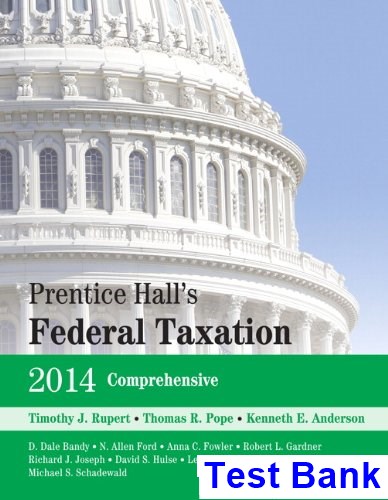

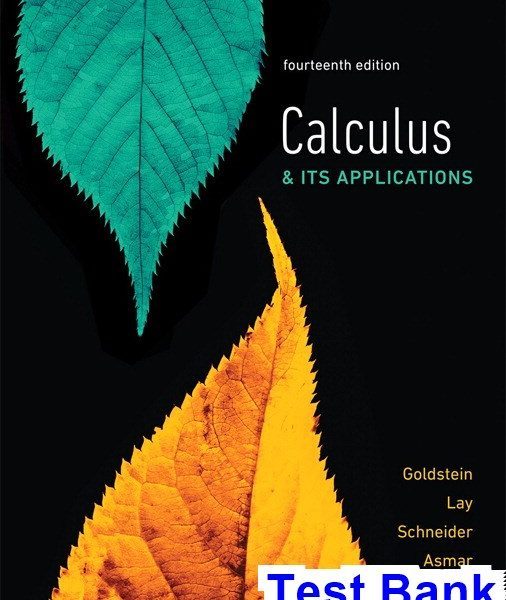
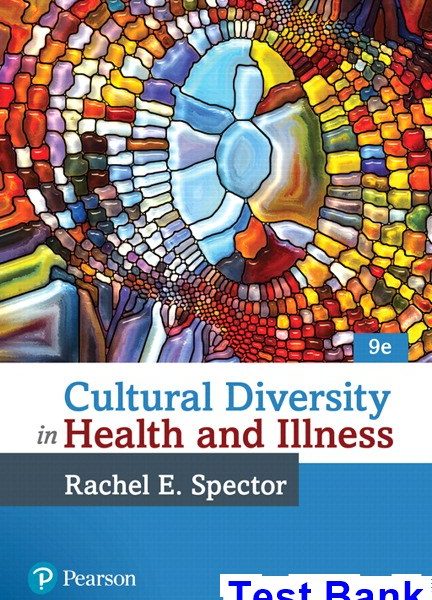
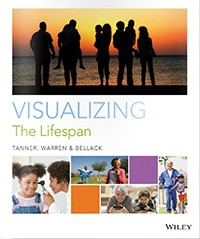


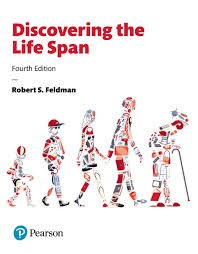
Reviews
There are no reviews yet.